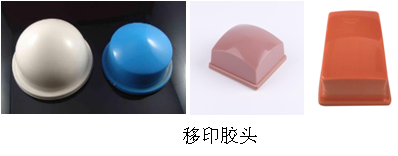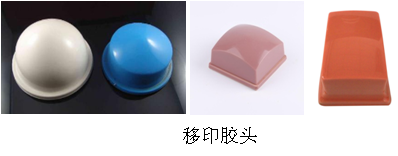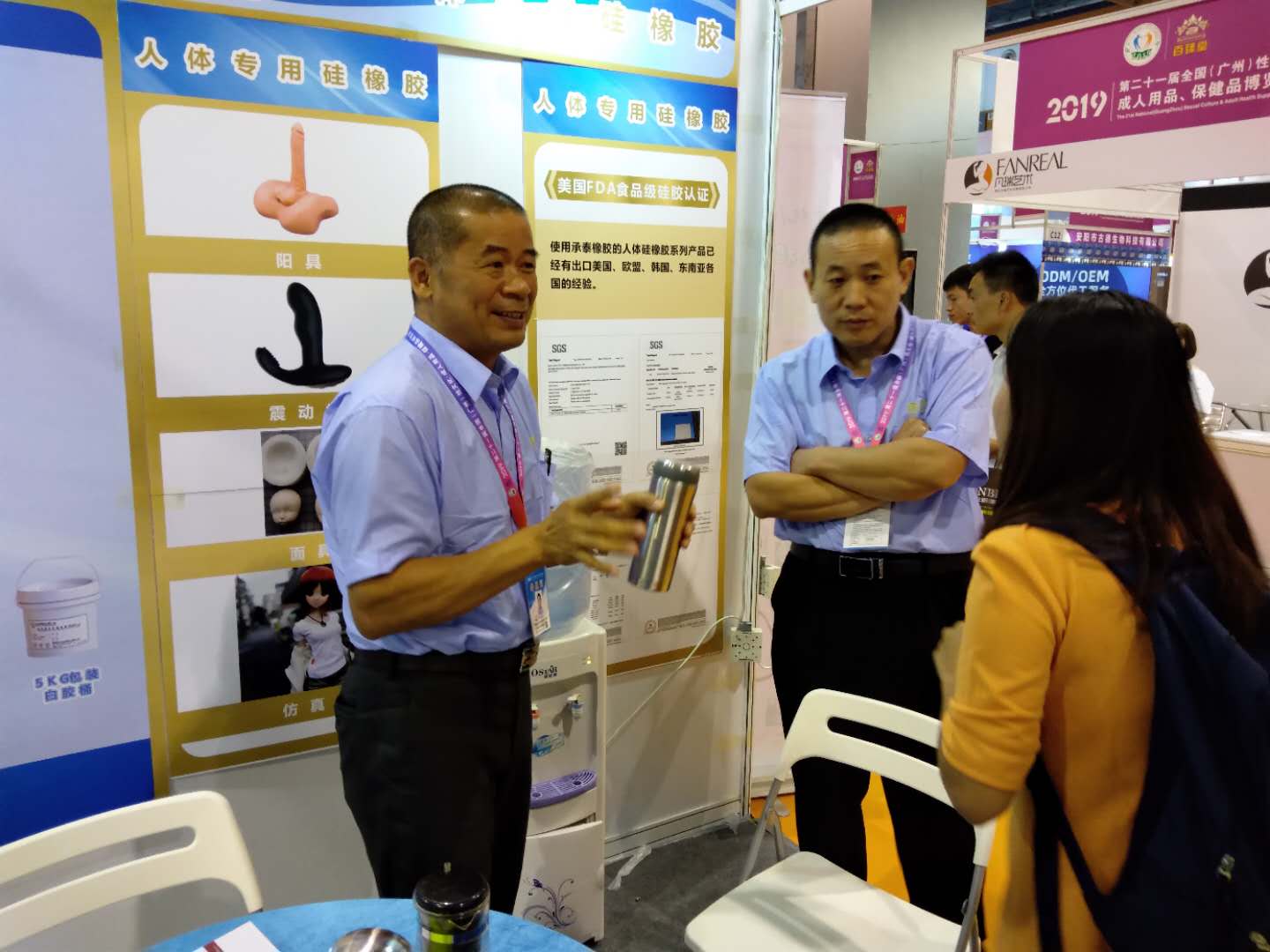Technology
技术前瞻
新闻推荐
友情链接
Silicone Rubber knowledge
Overview and application of mold silicone rubber
One. Overview:
Silicone rubber is a kind of polymer elastic material with both molecular and inorganic properties. It is composed of silicon atoms and oxygen atoms. The bond energy of (--Si-o-Si-) silicon-oxygen bond is 370kj/mol. The general rubber has a much larger carbon-carbon bond energy of 240 KJ/mol, which is one of the main reasons for the high thermal stability of silica gel.
The silicon oxide chain is a methyl group on both sides, and a very small amount of a saturated vinyl group (generally not more than 0.5 mol) or other organic substituent group is introduced on the side bond. This low-unsaturation molecular structure gives silicone rubber excellent heat aging resistance and is very stable to ultraviolet light and ozone. The silicon-oxygen bond has a helical configuration, and the molecular bond is soft and elastic, but the physical and mechanical properties change poorly. When the temperature changes, the force between the molecules changes little, so its various properties, especially the elasticity changes little, and the elastic change of the rubber is generally due to the increase of the force between the molecules after the temperature is lowered. .
Silicone rubber was developed in the 1940s, and the earliest studied species in foreign countries was dimethyl silicone rubber. Around 1944, the company was put into production by DOW CORNING and GENERAL ELECTIC. Room temperature vulcanized silicone rubber was introduced in 1954. China has been successfully researched and put into industrial production in the early 1980s. Now, the main countries producing silicone rubber are the United States, Britain, Japan, Russia and Germany. In the past 20 years, the products have been continuously updated.
In the process of craft products, mold opening plays an important role, and mold is an important tool for the operation of craft products. Silicone rubber is the most important raw material for making molds. The quality and service life of each mold is directly related to the cost and reliability and reliability of the company. Therefore, silicone rubber raw materials account for a certain proportion of the cost of the entire company, which plays a key role in the development of the process plant.
The RMV of the process mode has the following characteristics:
1. Elongation and tear strength are particularly high.
2. Excellent compatibility with the original mold.
3. Excellent resistance to most chemicals.
two. Silicone rubber use
High-strength fluidity room temperature vulcanized silicone mold rubber has the properties of general mold glue (high temperature resistance, electrical insulation, aging resistance, corrosion resistance, shock absorption, simulation, high tear resistance, high elongation, high Tensile, high hardness, low line shrinkage, low hardness and so on.
Application areas: cultural relics reproduction, lighting, precision casting, pu sole, high frequency embossing, mechanical mapping, jewelry, crafts, furniture (imitation European bed screen, mirror cabinet, carved sofa frame, etc.), craft ceramics, printing, human organ cloning , architectural decoration, artificial imitation natural stone, shaped refractory materials, sculpture, repair, stage and studio decoration. It is also possible to produce various kinds of mold materials such as transfer sheets for the printing industry, and it can be directly used for products.
Molded molds can be used to produce polyurethane, polyester, plastic, plastic, epoxy, paraffin, gypsum, cement, low melting point alloys and other materials.
Third, mold making
1. The mold silicone rubber and the coagulant are added to the container by weight ratio for mixing, and a certain amount of silica gel diluent is added as occasion demands (an anchor stirrer can be used when the amount is large). Until the mixing is uniform, usually 1-3 minutes.
2. After the mold silicone rubber is mixed with the coagulant, the reaction is carried out at room temperature, and the low molecular alcohol is released. In order to remove the alcohol molecules from the colloid, it is required to be discharged under a negative pressure for 1-3 minutes.
3. Mold making
A multi-layer brushing die should be cured at the same time as inner, middle and outer. When the amount of the curing agent is relatively small, the reaction time is lengthened, the reaction is sufficient, and the colloid is good, so the amount of the curing agent is preferably less in the interior. When the brush is applied, the first layer (the inner layer) is dried and then the second layer is brushed. The operation time is 20-30 minutes, and the demoulding time is 4-5 hours.
B stereo infusion mold, generally curing in 8-12 hours is better.
C mold line selection:
Choose a location that does not affect the appearance of the product
Choose a location that is easy to process after grouting
Choose where the mold itself is easy to demolish
Choose where the product is not easily deformed
Electronic potting compound (RTV-T) is composed of A, B two-component transparent liquid material. It is easy to use on the production line and can be used for manual or mechanical agitation. No stress shrinkage during potting, deep vulcanization, no corrosion, and vulcanization into a transparent elastomer. The product has good electrical properties, high temperature resistance, low temperature, water resistance, ozone resistance, weathering resistance, and can be used for a long time at a temperature of -50 ° C - 200 ° C. The coated electronic components are excellent in moisture, dust, corrosion and shock resistance.






